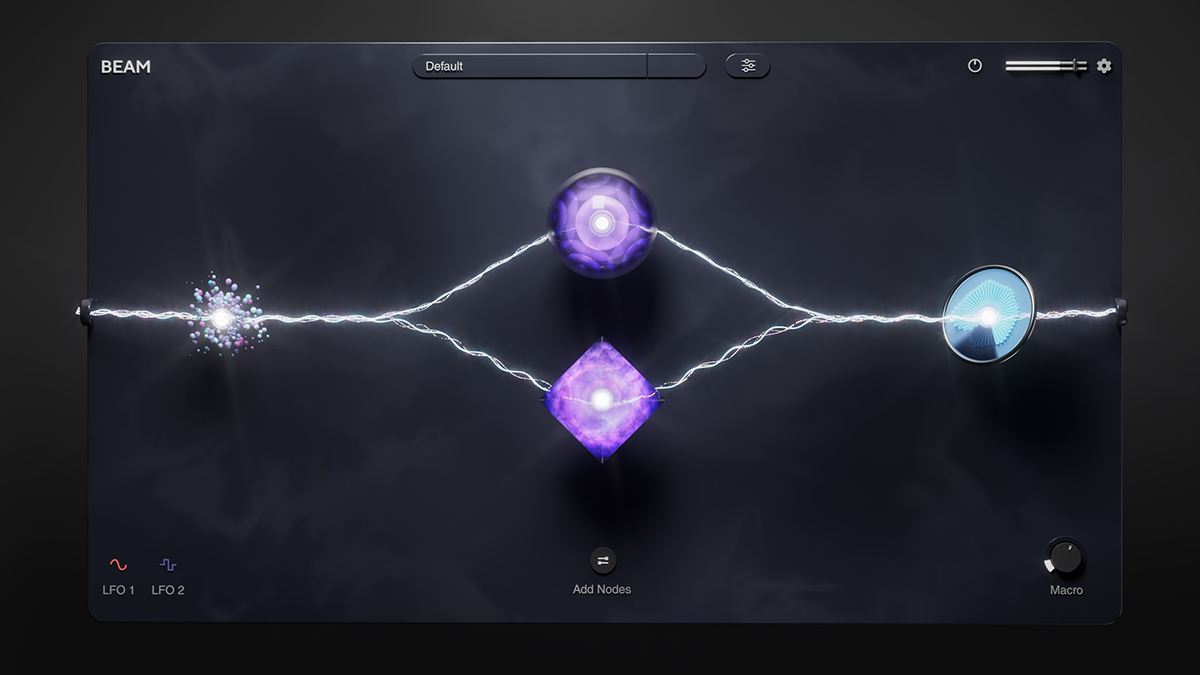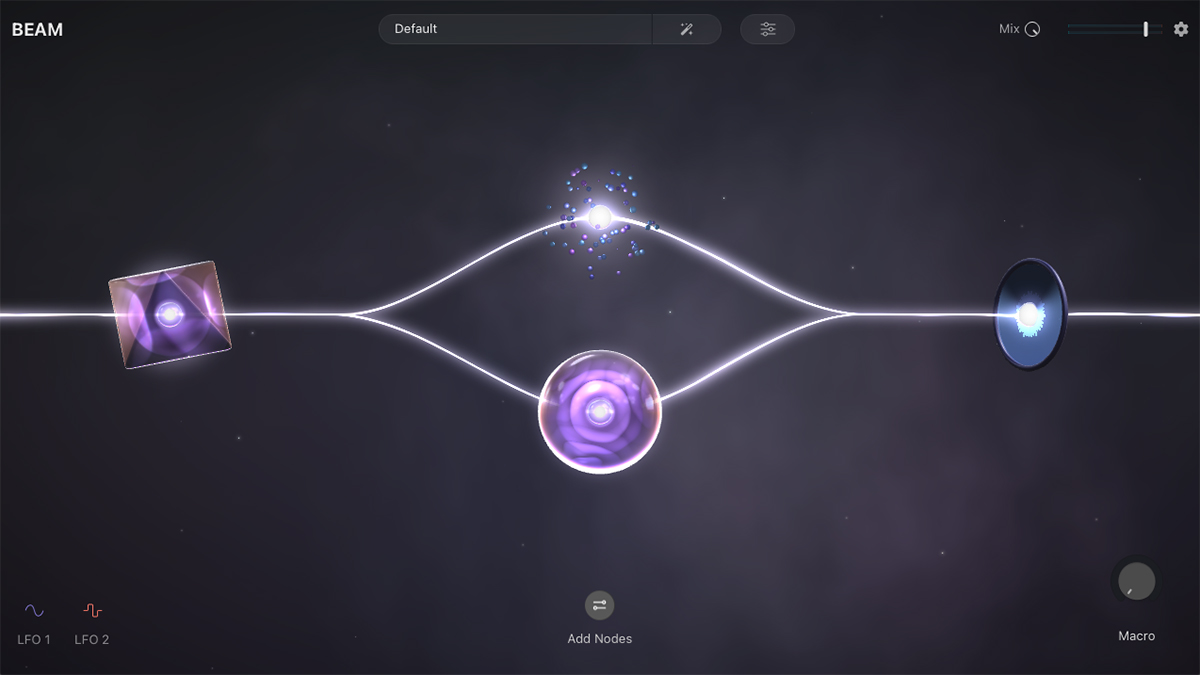Seeing is believing with BEAM, Lunacy’s striking new granular and convolution processor that keeps you in your creative flow
BEAM is a real-time granular processor that enables you to create everything from shimmering particle clouds to glitchy percussive grooves and rhythmic soundscapes

Coming from Los Angeles-based plugin developer Lunacy, perhaps we shouldn’t be too surprised to learn that BEAM, a powerful new multi-effects engine, is just a little bit crazy. Not in a negative sense, you understand; it’s the sheer scope and ambition of this plugin - combined with an innovative visual interface that makes it easy for anyone to use - that push it outside the box.
To begin with, BEAM is a real-time granular processor - in fact, you can use up to three parallel grain engines at once. This enables you to create everything from shimmering particle clouds to glitchy percussive grooves and rhythmic soundscapes, and thanks to the intuitive interface (more on that later), these results can be achieved in no time at all.
This is just the beginning, though, because you also have a textural convolution engine at your disposal, into which you can load a curated set of more than 150 impulse responses, for generating awe-inspiring convolution reverb. Featuring sound design by Benn Jordan and Venus Theory, the engine’s textural spaces (think otherworldly halls, synthetic textures and vast ambiences) can transform a seemingly mundane sound into something epic.
And this brings us to the really interesting bit: the option to build endless combinations of parallel and serial FX chains - with up to six parallel signal paths - via the dynamic audio graph technology.

This is at the heart of what BEAM is all about, presenting you with a “hear what you see” workflow that shows the audio flowing across the screen like a beam of light (hence the plugin’s name). This can then be split into those multiple signal paths at any points you wish, and each of these can be affected by its own combination of effect ‘nodes’.
As well as the dedicated convolution reverb and granular nodes (known as Space and Grains), you’ll also find Filter nodes, and there are deep modulation possibilities here, too. These come via a pair of LFOs and a Macro control, along with a dedicated LFO preset browser and shape editor.
This visual sound design system is designed to encourage creativity rather than stifle it, and the fact that you can see what’s happening rather than simply hear the impact of your changes will give you a much greater understanding of how the processing is working.
As well as the more than 250 global presets - again, crafted by leading sound designers - there’s also an intelligent preset maker, which uses a proprietary probability cluster algorithm to generate new ones from scratch in an instant. As such, the well of new options will never run dry.
If you want to dig a little deeper, you can make use of the 100-plus node presets, which can be applied in sub-browsers for grains and LFOs. Just click a node and you’ll see all of the options that are available to you.
There’s more to come, too: you can expect the BEAM ecosystem to expand over time with new effect nodes, presets and features. Lunacy has already shown its commitment to CUBE, its award-winning 3D sampling engine, by expanding its content roster to include more than 1,000 presets and 280 multisampled sound sources, and you can expect BEAM to get a similar level of attention.
As we said at the top, it’s all a bit bonkers, and the madness continues with an introductory offer, which sees BEAM being offered for just $59 until 24 April (regular price $99). It runs in VST/AU/AAX formats, so pretty much everyone can join in the fun, and if you’re not happy with your purchase, you have 14 days to return it and get a full refund.
Go check out BEAM now on the Lunacy website.
Get the MusicRadar Newsletter
Want all the hottest music and gear news, reviews, deals, features and more, direct to your inbox? Sign up here.